A Comprehensive Analysis
Black Friday is one of the most anticipated shopping events of the year, marking the beginning of the holiday season in the United States and many other parts of the world. Traditionally falling on the day after Thanksgiving, Black Friday is known for its massive discounts, long queues, and the unofficial start of Christmas shopping. This document provides a comprehensive analysis of Black Friday, delving into its history, economic impact, cultural significance, modern-day evolution, and future prospects.
Historical Background
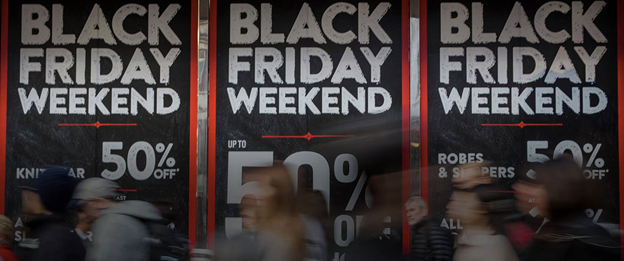
Origins of Black Friday
The term “Black Friday” originally had negative connotations. It was first used in the financial sector to describe the U.S. gold market crash on September 24, 1869. However, the modern usage of the term dates back to the 1950s and 1960s in Philadelphia, where police officers used it to describe the chaos and congestion resulting from the surge of suburban shoppers and tourists flooding into the city the day after Thanksgiving.
By the 1980s, retailers began to use the term more positively, emphasizing that this day marked the point in the year when their stores finally turned a profit, moving from being “in the red” (operating at a loss) to “in the black” (operating at a profit). This reinterpretation helped solidify Black Friday’s place in the American retail calendar.
Evolution and Modern Day Practices
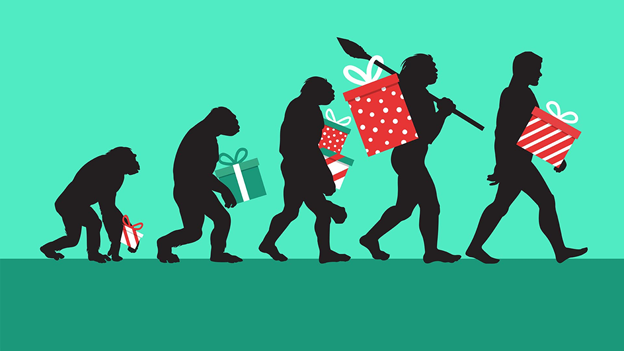
Traditional Retail
In its earlier days, Black Friday was characterized by early morning openings and door buster deals, where retailers would offer limited quantities of products at significantly reduced prices to attract customers. Shoppers would often camp out overnight or wake up in the early hours to secure these bargains. The spectacle of long lines, crowded stores, and frenzied shopping became a hallmark of Black Friday.
Online Shopping
With the advent of the internet and e-commerce, the dynamics of Black Friday began to change. Online retailers like Amazon started offering Black Friday deals, providing an alternative to the in-store chaos. This shift gave rise to Cyber Monday, the Monday following Black Friday, which focuses on online sales. Today, many retailers extend their Black Friday deals throughout the weekend and even the entire week, blending in with other sales events like Cyber Monday.
Global Spread
While Black Friday originated in the United States, its popularity has spread globally. Countries around the world have adopted the concept, tailoring it to their own retail calendars and consumer behaviors. For instance, in Canada, Black Friday has become a significant shopping event despite Thanksgiving being celebrated in October. Similarly, countries in Europe, Asia, and South America have embraced Black Friday, often using it as a kickoff to the Christmas shopping season.
Economic Impact
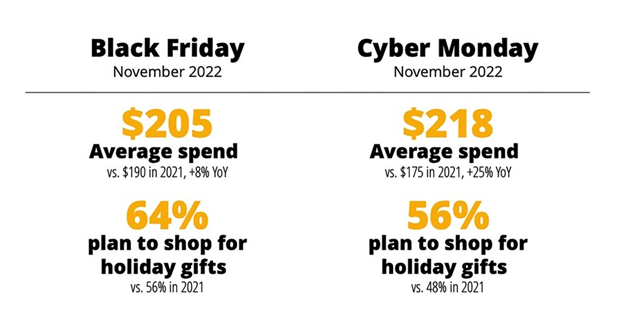
Retail Revenue
Black Friday represents a critical period for retailers, often generating significant portions of their annual revenue. In 2020, despite the challenges posed by the COVID-19 pandemic, Black Friday sales in the United States reached $9 billion in online spending alone, according to Adobe Analytics. This was a 21.6% increase from the previous year. The in-store sales, although impacted by the pandemic, also contributed substantially to the total revenue.
Employment
The surge in retail activity during Black Friday leads to a spike in temporary employment. Retailers hire seasonal workers to handle the increased customer traffic and extended store hours. This temporary employment provides a boost to the job market, particularly for individuals seeking short-term work during the holiday season.
Consumer Spending
Black Friday significantly influences consumer spending patterns. Many consumers save up for Black Friday, planning their purchases around the discounts available. This surge in spending can have a positive ripple effect on the economy, driving demand for products and services, and stimulating economic growth.
Cultural Significance
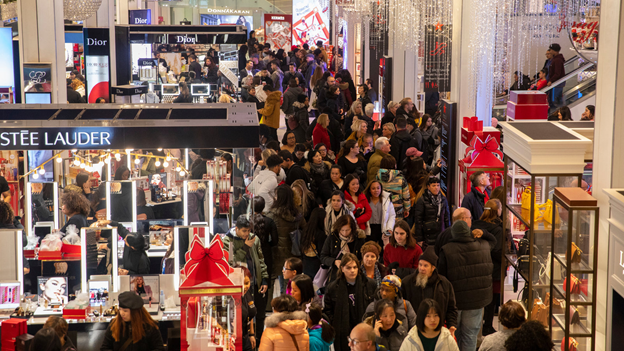
Consumer Behavior
Black Friday has become a cultural phenomenon, influencing consumer behavior in various ways. The anticipation of deals and discounts leads to a surge in consumer excitement and a willingness to spend. This behavior is driven by a combination of marketing strategies, social influence, and the psychological appeal of obtaining products at a lower price.
Social Experience
For many, Black Friday is not just about shopping but also about the experience. The early morning queues, the camaraderie among shoppers, and the thrill of hunting for bargains create a unique social experience. This collective excitement has become a tradition for some families and friends, who bond over the shared activity of Black Friday shopping.
Challenges and Criticisms

Ethical Concerns
Black Friday has faced criticism on several fronts. One major concern is the encouragement of overconsumption and consumerism. Critics argue that the event promotes unnecessary spending and waste, contributing to environmental degradation. The pressure to buy and the allure of discounts can lead consumers to purchase items they do not need, leading to a throwaway culture.
Worker Treatment
Another significant criticism is the treatment of retail workers. Black Friday often requires employees to work long hours, sometimes starting on Thanksgiving Day itself, thereby infringing on their holiday time with family. The high-pressure environment and the need to manage large crowds can also lead to stressful working conditions.
Safety Issues
The frenzy of Black Friday shopping has sometimes resulted in safety issues, with reports of injuries and even fatalities caused by stampedes, fights, and accidents in crowded stores. Retailers have taken measures to improve crowd control and ensure the safety of both employees and customers, but the risks associated with large gatherings remain a concern.
Black Friday in the Digital Age
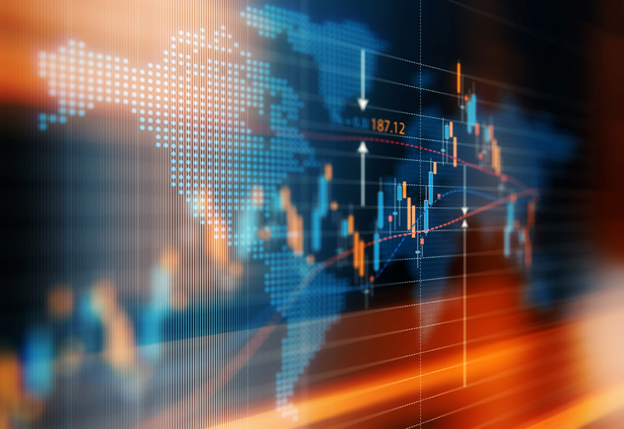
E-Commerce Dominance
The rise of e-commerce has dramatically transformed Black Friday. Online shopping platforms offer convenience, a wider selection of products, and often better deals than brick-and-mortar stores. This shift has led to an increase in online sales, with many consumers preferring to shop from the comfort of their homes.
Mobile Shopping
The proliferation of smartphones and mobile apps has further changed the landscape of Black Friday. Mobile shopping allows consumers to browse and purchase products anytime and anywhere, making it easier to take advantage of Black Friday Deals. Retailers have optimized their websites and apps for mobile use, offering exclusive discounts and seamless shopping experiences to mobile users.
Data Analytics
Retailers leverage data analytics to understand consumer behavior and optimize their Black Friday strategies. By analyzing purchasing patterns, retailers can tailor their promotions, manage inventory more effectively, and enhance the overall shopping experience. Data-driven insights help retailers predict demand, identify popular products, and adjust prices in real-time to maximize sales.
The Future of Black Friday

Sustainability Trends
As awareness of environmental issues grows, the future of Black Friday may see a shift towards more sustainable practices. Retailers are increasingly adopting eco-friendly initiatives, such as offering sustainable products, reducing packaging waste, and promoting recycling. Consumers are also becoming more conscious of their purchasing decisions, favoring brands that prioritize sustainability.
Technological Innovations
The future of Black Friday will likely be shaped by technological innovations. Virtual and augmented reality could revolutionize the shopping experience, allowing consumers to try products virtually before making a purchase. AI-powered catboats and personalized recommendations could enhance customer service and provide tailored shopping experiences.
Global Expansion
Black Friday’s global expansion shows no signs of slowing down. As more countries embrace the event, retailers will need to adapt their strategies to cater to diverse markets and cultural preferences. This global spread presents opportunities for cross-border commerce and international collaborations.
Conclusion
Black Friday has evolved from its chaotic origins to become a significant cultural and economic event. While it continues to face challenges and criticisms, its impact on the retail industry and consumer behavior is undeniable. As technology advances and sustainability becomes a priority, Black Friday will likely continue to evolve, adapting to new trends and consumer demands. Whether through traditional retail or digital platforms, Black Friday remains a dynamic and influential phenomenon in the world of shopping.



